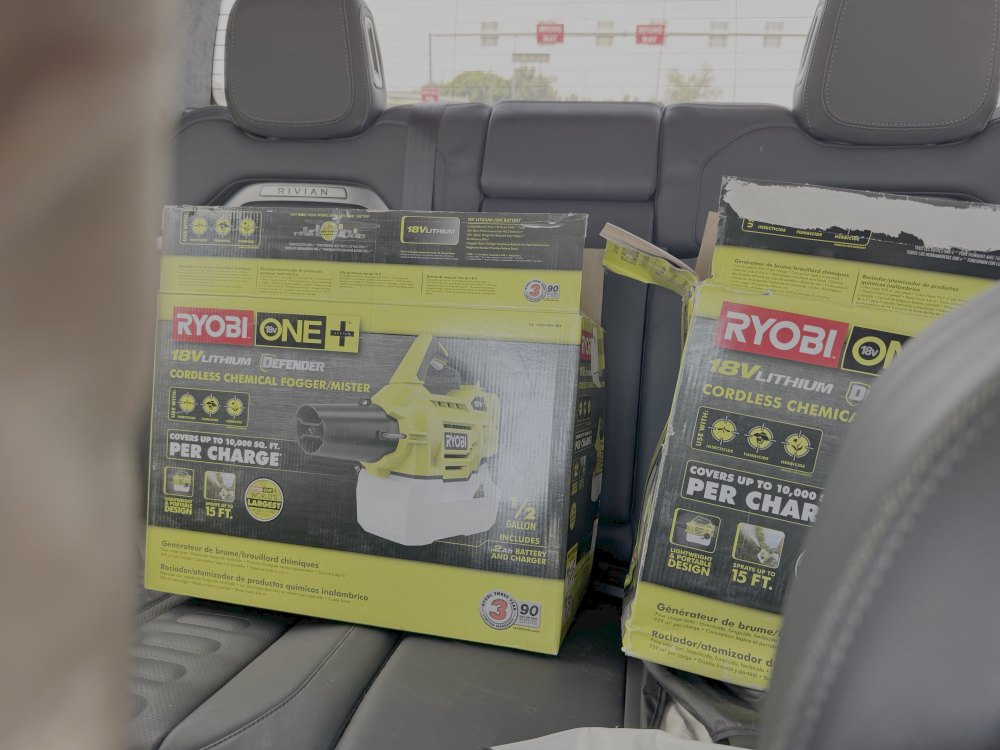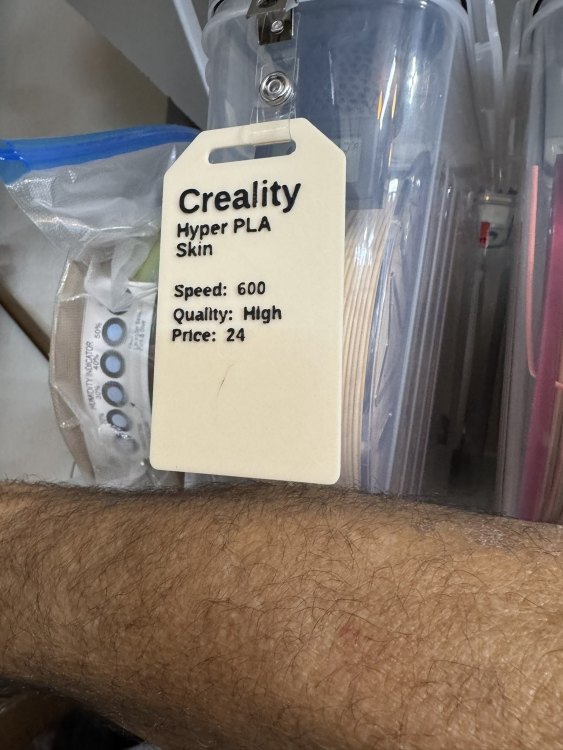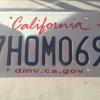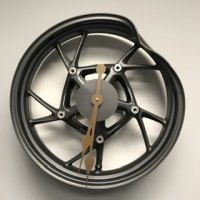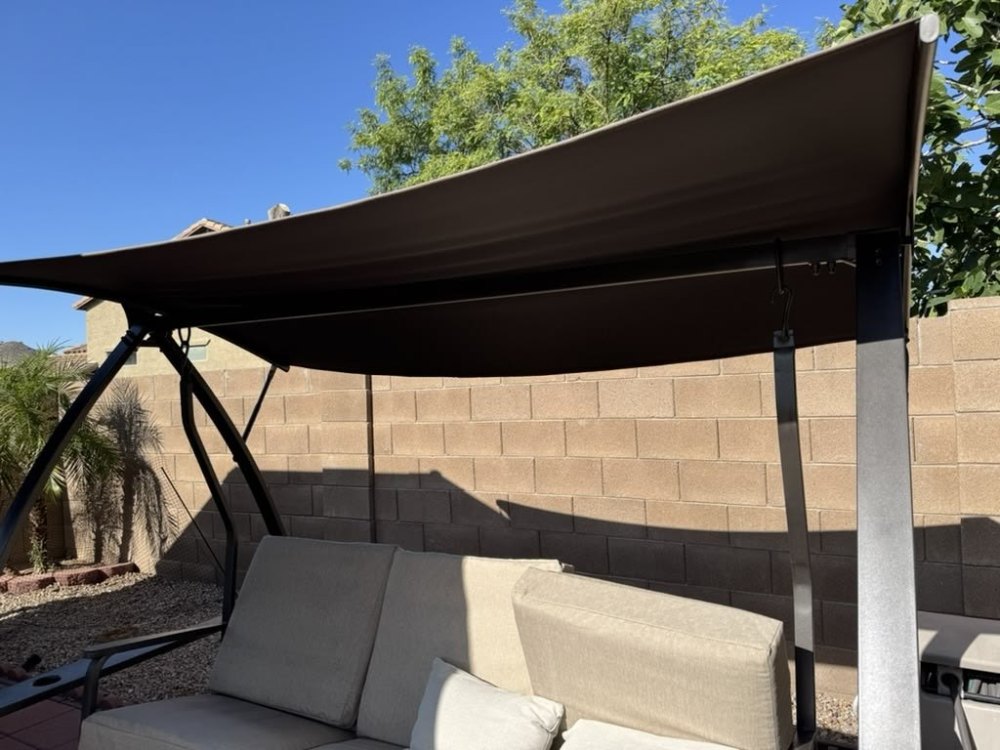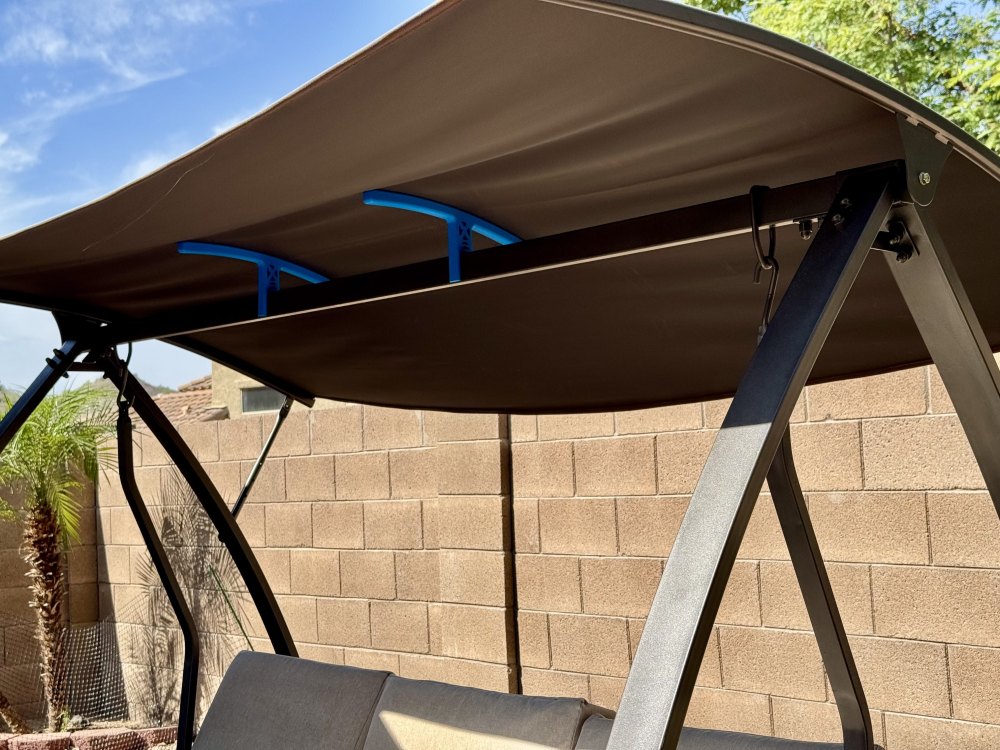All Activity
- Yesterday
-
Don't know. Chinese tiger mostly. Which is why my ground-based treatments are 90% effective at least, and last a long time. No. Fuck off with a place that has either snow or bug season and nothing nice.
-
LOL, though this year I've had a lot less sun than usual and I feel ... white. Hopefully it's enough to keep me from getting a free one way ticket to Guatemala?
-
True but your not exactly an Irish red head either. 😃
-
What genus and specie? Flys Mosquitos June Bugs? ...try Northern MN during black fly seasons.
- Last week
-

FS: 2012 Kawasaki Concours, asking $5000.00
blackhawkxx replied to 02XXCA's topic in The Sales Floor -- For Sale/Wanted
OK. I guess the memory was off. -

FS: 2012 Kawasaki Concours, asking $5000.00
SwampNut replied to 02XXCA's topic in The Sales Floor -- For Sale/Wanted
He bought a bike here from Tom, then rode home. But PA was a rental. -

FS: 2012 Kawasaki Concours, asking $5000.00
02XXCA replied to 02XXCA's topic in The Sales Floor -- For Sale/Wanted
It was a rental from Rideshare. -
The garage was annoyingly full of them the day after you left. I had fogged the day before you got here. Marty's gets less of them but sometimes they are super annoying there. I got him a fogger yesterday, I'm tired of it. And another for myself, because the electrostatic one in the back yard is having problems again, piece of shit.
-
For everyone else, this is reference to the "skin" filament I got from China which is "SLIGHTLY" pale...
-
I'd never thunk of it, but I don't recall being annoyed by flying things at your house or at Marty's.
-
And that is fuckin awesome.
-
I've seen "skin color" filament, let me know if you need me to go to the 3D print supply store in Compton.
-
I use ULV foggers for the back yard and shop area. (They are the ones that are like a blower, with a mist, not the propane/electric heated type.). And a small pressure sprayer for spot use. The liquids at the home stores seem lame and expensive, lasting maybe two days. They are from the consumer brands and probably toned down in some way. I'm looking to improve on them, any recommendations? The space is fairly small, so cost isn't a huge issue. We want to eliminate mostly flies and other annoyances, we don't get mosquitoes often. And I have long-term sprays that seem to kill them off. Most of the listings for products tout mosquito killing as the primary benefit.
-

FS: 2012 Kawasaki Concours, asking $5000.00
blackhawkxx replied to 02XXCA's topic in The Sales Floor -- For Sale/Wanted
Was that the bike you bought on the east coast (from someone here?) and rode it home? -
That's African American buddy. 😉
-
"Should" according to you, and they're often not. I use them almost exclusively. File that "knowledge" away with all your other nutty knowledge because this is part of the reason I use rebuilt almost exclusively; lifetime warranty on rebuilt vs. 1 year on a new OEM. And to get warrantee on the OEM you'll probably have to supply proof that the system was cleaned and that the orifice and filter/drier were replaced, probably with OEM only. Rebuilt always come with the clutch and necessary seals, unlike OEM.
-

FS: 2012 Kawasaki Concours, asking $5000.00
02XXCA replied to 02XXCA's topic in The Sales Floor -- For Sale/Wanted
Finally got a seller who gave me what I asked. Got the 5k I was looking for. -
I did. LOL! Supply chain expert. You know many assembly line parts have multiple sources, changes along the way, and changes in source? Jesus dude, come on.
-
OEM parts should be made by the same company that made them for the assembly line. I'd never use a rebuilt compressor unless it was the only thing available anywhere. Nobody I knows warranties parts beyond 12 months. When my replacement failed, it was leaking refrigerant and oil.
-
And who did the work? I have several auto AC repair places, but not all of them are good. In Miami, there was a shop that owned the buildings on all four corners of an intersection...all related to repairing auto AC systems. They did great work, but it's a tad far to go to get my system fixed.
-
It was intended just to show it, but also, perfectly happy that you took it. I can make more. I need to colorize it and print it this way: The guy who did that seems to not want to give me his colored file. Also I need to buy some brown filament I guess. My patio furniture canopy supports are almost perfected, printing a (hopefully) final version now. They take nearly nine hours, doing a very structural fill with five walls, high quality, and fuzzy skin to match the texture on the furniture. Fuzzy skin adds nearly three hours. This sags in the middle and flaps around, because I replaced the damaged and shitty original with something ultra heavy. Obviously blue is for prototyping, they are being printed in black PLA and then painted with the same paint as the furniture.
-
Jesus, I need to tell my neighbor he got ripped off. We just did the compressor, orifice, and recharge on his kid's old Silverado and get this... Compressor $ 187 Refrigerant $ 32 Orifice tube $ 18
-
Wow, I didn't know any of that. Maybe if I worked on cars I'd have a clue. I've replaced many compressors and clutches, never with OEM, and none have been an issue. Also, many "OEM" parts for old cars are rebuilt, not new, and could be coming from the same guy who does them for the parts stores. For the extra money spent you get a Ford box and shorter warrantee. And you're wrong about the "big cost" of replacing a compressor, assuming yours needs to be replaced. If yours "tore up" the bulk of the cost will be cleaning and replacing the parts that became contaminated with compressor shrapnel. Most "failed" Ford compressors I've deal with just needed the clutch adjusted or replaced.
-
The fan is a non-issue. An easy DIY replacement. The big cost of AC repair is the leak testing and recharging of the system. If the compressor tears up, the bulk of the cost is the labor and replacement refrigerant, not the compressor.


